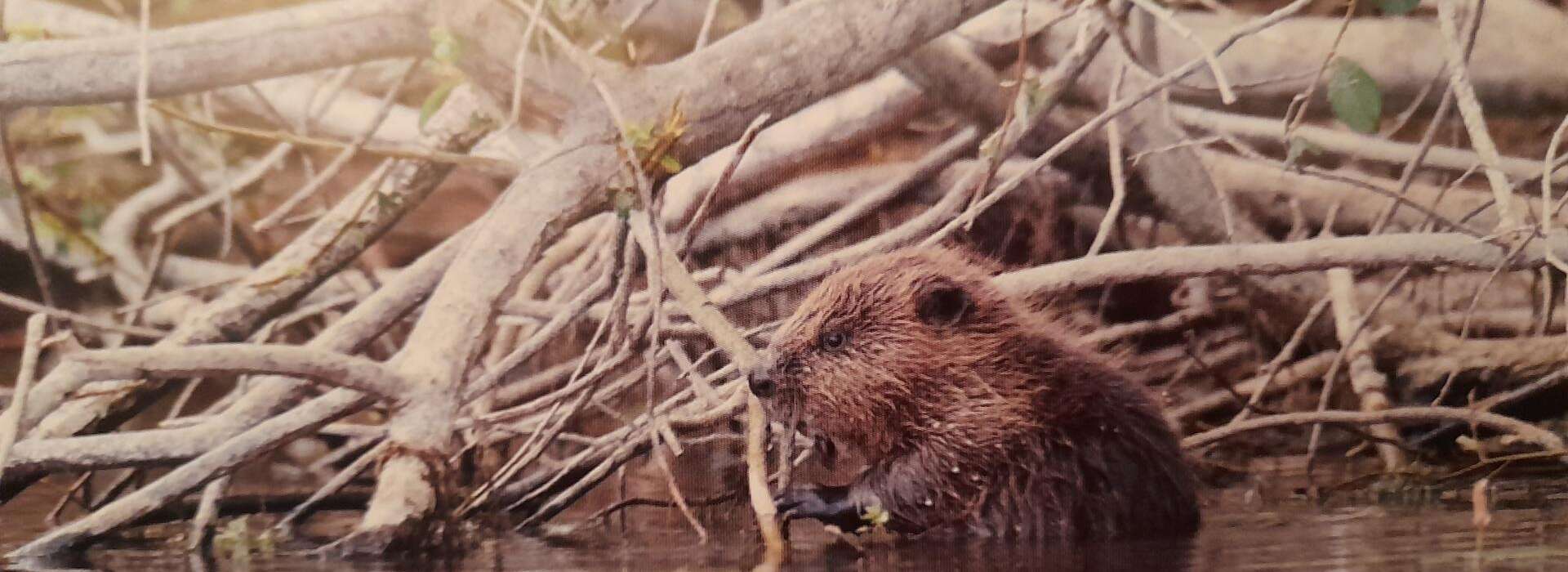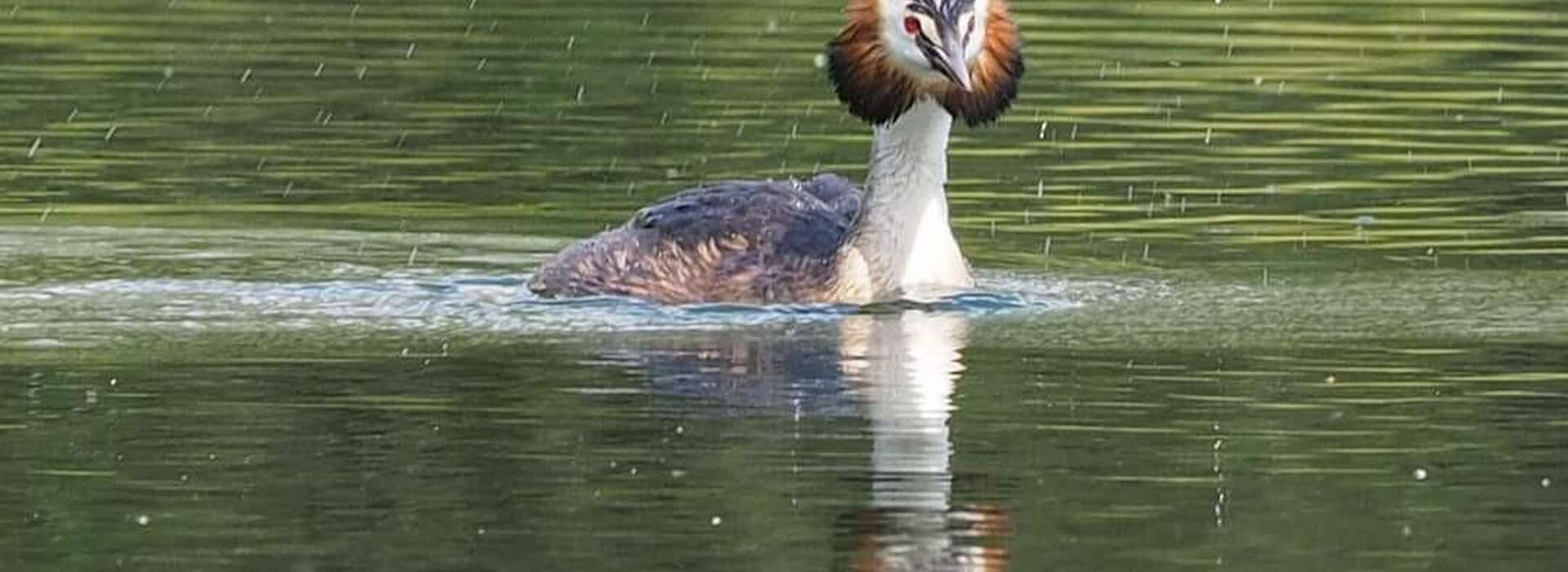Lower Mill Estate
“The idea behind Lower Mill Estate is to live surrounded by nature. The nature and wildlife were there first, so they fit the houses around them, not the other way round. Nature comes first, houses second.”The Observer
The Lower Mill Estate is set over 550 acres with nine lakes, two rivers, miles of walking trails, 400 acres of wild flower meadow and two officially designated Sites of Special Scientific Interest. It is part of the Cotswold Water Park which is the largest area of inland water in the UK – bigger than either the Norfolk Broads or the Lake District.
Lower Mill was born about 18 years ago as a product of the vision of the Paxton family who aspired to create a secure residential nature reserve where like-minded people could retreat from the pressures of everyday urban life. It was originally a stretch of meadow, forest and lakelands that, having been untouched in decades, has now been nurtured over many years to develop as a nature reserve, ecology project, sustainability experiment and holiday village. It is host to over 13,000 trees and over 3,000 species of wildlife including more than 20 breeding pairs of nightingales, one of the largest nesting box projects in the UK, an owl breeding programme, newt ponds, tern rafts, grass snake compost heaps, dragonfly posts, insect refuges and firewood harvesting.
The estate is home to a diverse range of native wildlife, including otters, beavers and an incredible range of water birds including great crested grebes, once almost extinct. In 2005 there were no house martins on the estate but it is now home to over 200 pairs from April onwards which is great as they are on the RSPB amber list of Birds of Conservation Concern. A 60 acre habitat, 30 acres of woodland and 30 of lake, was developed to reintroduce four breeding pairs of beavers to the estate in 2007.

Somerford Lagoon is one of the largest lakes in the whole of the Cotswold Water Parkand one of it’s islands is being managed for nesting terns and gulls. It is not uncommon to see hundreds of Coots, Wigeons, Mallards, Red-crested Pochards and Tufted Ducks wintering here and in summer the reed beds are alive with the sounds of Reed warblers and Reed buntings.
Farmhouse Lake is the only place on the Estate where you can find an abundance of water lilies. Little Egrets like to roost on the trees opposite the bird hide and you will see hundreds of blue damselflies and possibly a male red damselfly if you are lucky.
Freeth Mere is a SSSI for water plants called Stoneworts and the trees around the lake are carefully managed to support them. Eleven species of dragon fly and damsel fly have been recorded here and in the summer months you can find Southern Marsh and Bee Orchid.
Mill Lake's reed beds are home to Reed Warblers and Reed Buntings and the trees and hedges surrounding the lake accommodate lots of different songbirds including Goldfinches, Blackcaps, Garden Warblers and Long-tailed Tits. Five types of orchids have been recorded at the lake.
Swill Meadow, between Swill Brook and Flagham Fen is managed as a traditional hay meadow which allows the wild flowers to flourish. An otter corridor has been created along Swill Brook to give them a safe route to travel without being disturbed by humans and dogs. It is also home to water voles that underwent the biggest decline of any wild mammal during the 20th century in Britain. The Lower Mill Estate manage their habitat and control numbers of their worst predator, the American Mink.
Pike Corner is a 37 acre meadow that has been left untouched since the 1930s and has 20 species of grass in each square metre. It is grazed by Belted Galloway Cattle that help to maintain the habitat and encourage plant diversity leading to it supporting many rare species of plant. Roe Deer and Muntjac Deer can be found grazing here and Barn Owls, Long-eared Owls and Woodpeckers are regular visitors.
Flagham Fen is best known for the family of Eurasian Beavers living here. They were introduced to the lake in 2005 and have successfully bred and raised young kits. They fell trees to feed on the bark which has opened up the woodland, letting in more light and allowing a greater diversity of plants to grow here. The trees that have been felled in to the water provide nesting sites for Coot and Great Crested Grebes. Grey Heron, Egrets and Kingfisher have been seen using the beaver lodge and felled trees as perches.





